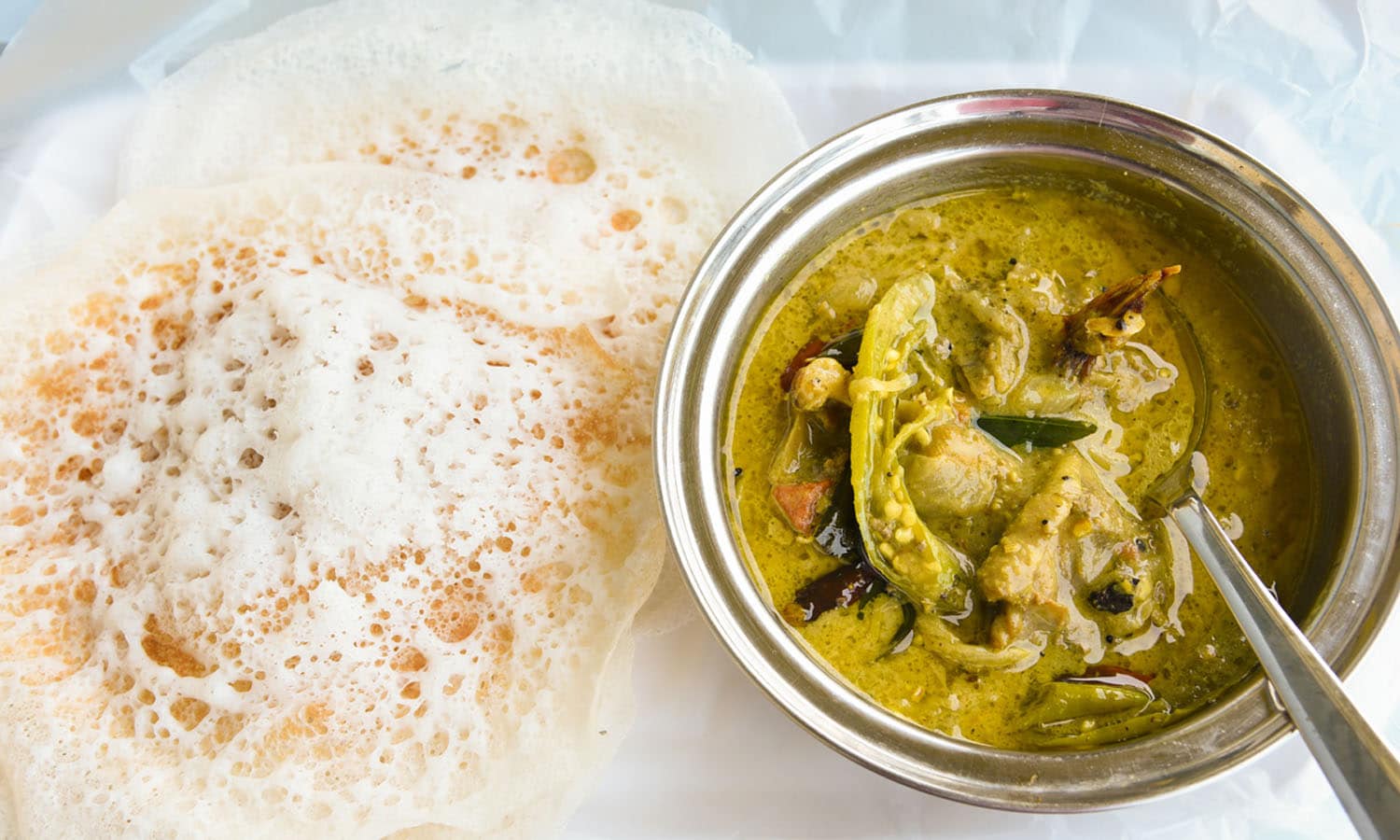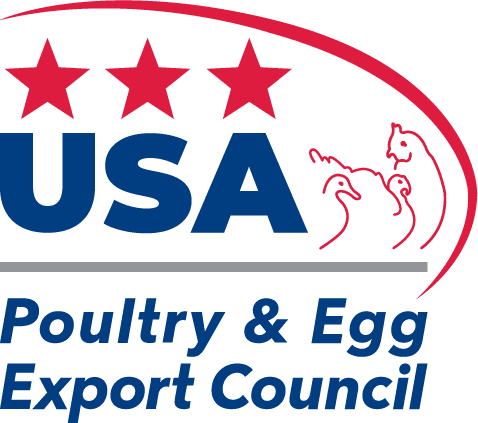Health Benefits
Chicken is one of the most versatile and nutritious foods in the world!
Chicken is an excellent choice for those looking to maintain a healthy lifestyle. Not only is it low in calories, but it is also packed with protein, which is essential for building muscle and strengthening bones. In addition, chicken can support weight loss goals and contains important nutrients like magnesium, potassium, iron, and vitamins A, D, E, and C.

Better Alternative
Chicken has no carbohydrates and has lower saturated fat and cholesterol than beef and pork

Source of Protein
Chicken is an excellent lean, low-calorie, high-quality protein source which aids in weight loss

Builds Muscles
The lean protein in chicken is a source of amino acids which helps in building stronger muscles and bones

Low in Sodium
Chicken is naturally low in sodium, with 100 grams of skinless, boneless chicken containing only 74 milligrams of sodium

Happy Mood
Chicken is also good for our brains, as it contains tryptophan, an amino acid linked with increasing levels of serotonin

Good for Brain
Chicken contains vitamin B12 and choline, which together promotes brain development in children and aid cognitive performance in older adults
High Quality
The USDA inspection stamp indicates that the chicken has been properly processed, inspected and is safe to consume.
The United States Department of Agriculture (USDA) has the most rigorous standards in the world for all phases of poultry processing. By law, a minimum of four independent inspections are required for each bird.
Production
The U.S. production region is concentrated mainly in the southeast from Delaware to Texas, where broilers are grown by individual farmers. These chickens are fed a diet of high-protein grains, like corn and soy. They are grown to market size in about seven weeks in automated and climate-controlled houses.
Safety
Vertically integrated companies process, market, and distribute U.S. poultry products. Cleanliness is the highest priority and the plants routinely shut down for thorough sanitisation. Plants work with poultry research labs and universities in their states to exceed the high-quality standards set by the USDA.
Packaging & Distribution
After broiler chicken products have been processed, they are ready for packaging and distribution. In the domestic market, products leave the plant in refrigerated trucks. Export chicken products are blast frozen and are transported either by cargo vessels or in ocean-going refrigerated containers.
Temperature Control
For overseas shipments, chicken products are generally bulk frozen within 24 to 72 hours of slaughter. They are chilled at 1.7°C to 4.4°C, packed in containers and placed in a -17.8°C or below freezer. Bulk frozen products, if shipped and stored properly, have a shelf-life of up to 12 months.

Classifications
Major chicken breeds raised in the U.S.
Domesticated broilers today trace their ancestry back to the wild Bankiva rooster, which was first domesticated in India over 4,000 years ago. When the first settlers arrived in America, they brought these chickens with them. Nowadays, broilers are the product of meticulous breeding and extensive genetic selection by leading poultry scientists. The result is a breed of chickens that has been refined over years of scientific research and expertise.
Broiler
Broilers sometimes referred to as fryers, are a popular U.S. poultry product. Broilers are young chickens, usually 6 to 10 weeks of age. Broiler birds can be male or female and produces tender meat. The dressed weight of whole broiler chickens starts from 1.13 kilograms or more.
Roaster
Roasters have the same general characteristics as Broilers, except their dressed weight is larger, 2.27 kilograms or more, than Broilers. Roasters are processed between 7 to 12 weeks of age and are generally sold as whole birds.
Rock Cornish hen
The Rock Cornish hen is a young, immature type of chicken, usually 5 to 6 weeks of age, with a dressed weight of under 910 grams. They are commonly used for stewing and baking, or are deboned to be used in processed meats.
Rooster
Roosters are mature male chickens with coarse skin and toughened, dark meat. This classification generally refers to spent rooster breeders that are deboned and used in processed meats.
Are you a Chef Store Retailer Food Distributor Food Processor ?
Take your business to the next level. Learn more about U.S. chicken products.

